Search Images
Browse Content (p. 1133)
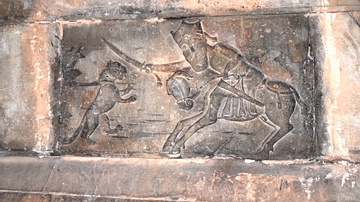
Image
Hunting Scene Bas-Relief at Noravank Monastery
This medieval bas-relief of a hunting scene is located within the Surb Karapet Church at Noravank Monastery in modern Armenia.
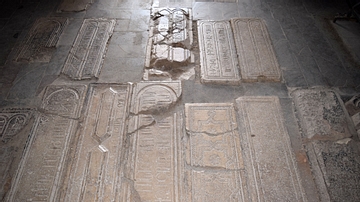
Image
Tombs of Orbelian Princes at Noravank Monastery
These tombs lie in the Surb Karapet Church, which is located in Armenia's Noravank Monastery. They mostly dates from the 1300s and 1400s CE.
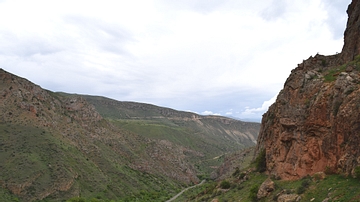
Image
Gorge around Noravank Monastery
Noravank Monastery dates from the 13th-century CE, and it is located near the town of Yeghegnadzor, Armenia within a deep gorge caused by the Amaghu River. This gorge helped Noravank Monastery protect itself from foreign invaders, including...
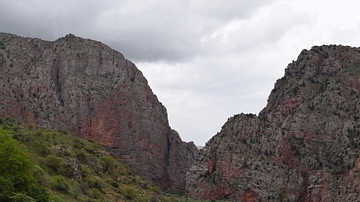
Image
Environs around Armenia's Noravank Monastery
Noravank Monastery dates from the 13th-century CE, and it is located near the town of Yeghegnadzor, Armenia within a gorge caused by the Amaghu River. The gorge is well-known for its brick-red cliffs, which lie directly across from the monastery...
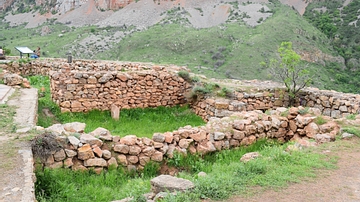
Image
Ruins of the Academia at Noravank Monastery
These are the ruins of the old academia at Noravank Monastery in Armenia. In medieval times, Noravank was a center of Armenian art, culture, and learning.
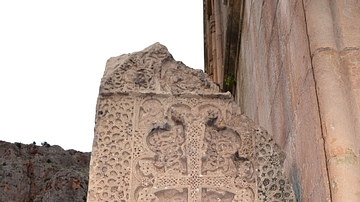
Image
Memorial Khachkar at Noravank Monastery
This memorial khachkar can be found at the medieval Noravank Monastery in Armenia.
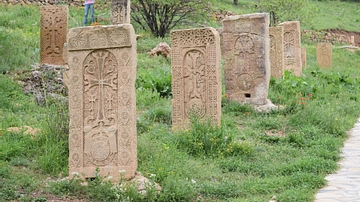
Image
Khachkars at Noravank Monastery
These medieval khachkars can be found at the Noravank Monastery, which is located in present-day Armenia.
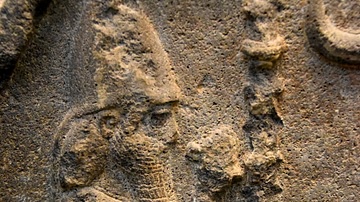
Image
The Babylonian King Nabonidus
This is a detail of a Babylonian basalt stele. Here the figure of the king, Nabonidus was carved in relief on the obverse side of the stele. The king stands and wears a conical headdress as well as a long fringed garment. The right hand is...
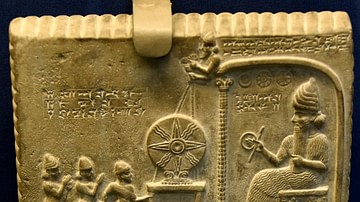
Image
The Sun God Tablet or the Tablet of Shamash from Sippar
The Sun God tablet from the Temple of Shamash at Sippar, Southern Mesopotamia modern-day Iraq, Middle Babylonian Period, 860-850 BCE. The upper part of the tablet has a carved panel. Nabu-nadin-shum (a priest) and the goddess Aa lead Nabu-apla-iddina...

Image
Demotic Embalmer's Agreement
This document contains an agreement between one group of lector-priests of the necropolis of To-ankh at Asyut, and another group, defining which persons were to be employed in the ceremonies of mummification, and what materials were to be...